Search Results for: Depression
184 results found.
Sleep: Let’s Talk About Older Kids and Teens
Authored by: Steven Schlozman, MD…there have not been any major environmental stressors to explain the changed sleep habits, you’ll want to consider the possibility of a new psychiatric syndrome. Depression, anxiety, trauma, and bipolar…

“Molly” Is Not Your Friend
Authored by: Ellen Braaten, PhD…hyperthermia, seizures, increased blood pressure and depression stemming from an acute drop in serotonin levels (a mood-regulating brain chemical) in the days following consumption. It’s the hyperthermia and seizures that…

Tips For Parents Sending Kids To College
Authored by: Gene Beresin, Executive Director…small table with a number of thin brochures littered on it. There was one on “depression,” one on “alcohol and substance abuse,” one on “college stress,” and others. I asked,…
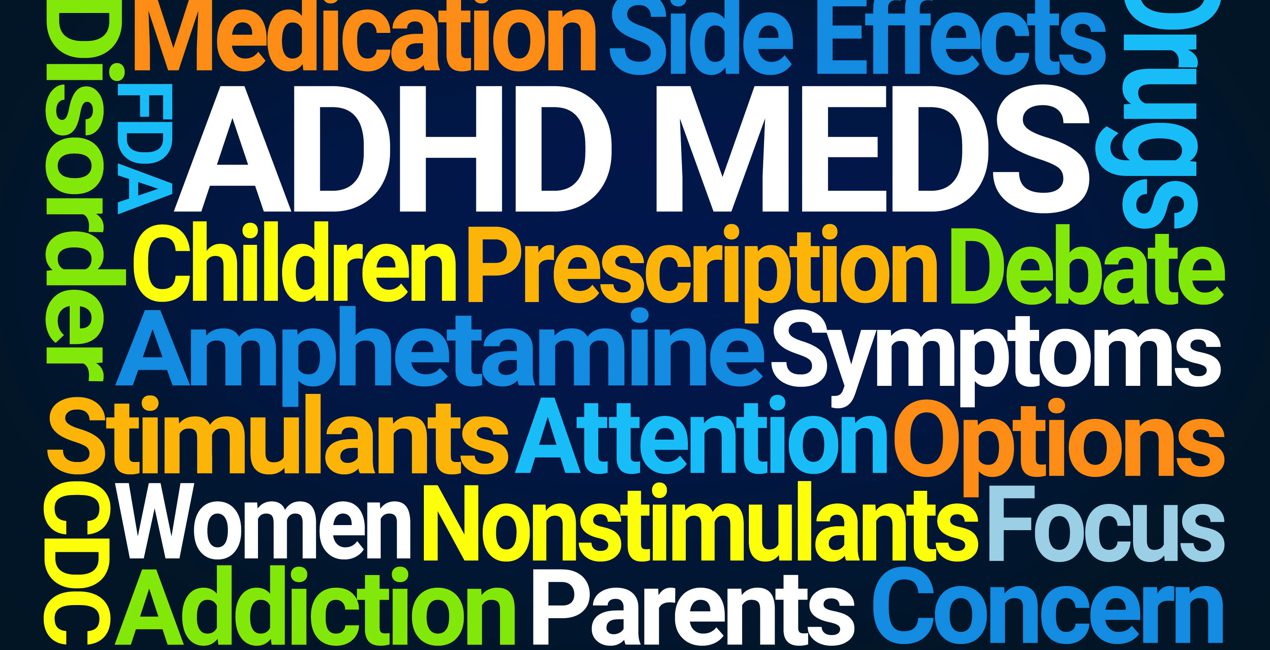
Is It Safe to Use Stimulants to Treat ADHD?
Authored by: Tim Wilens, MD and Gene Beresin, Executive Director…fewer problems with oppositionality, depression, smoking and even being arrested than those who are not treated. Concern: They are addictive. Some stimulants, like cocaine and coffee (caffeine), are pretty addictive….
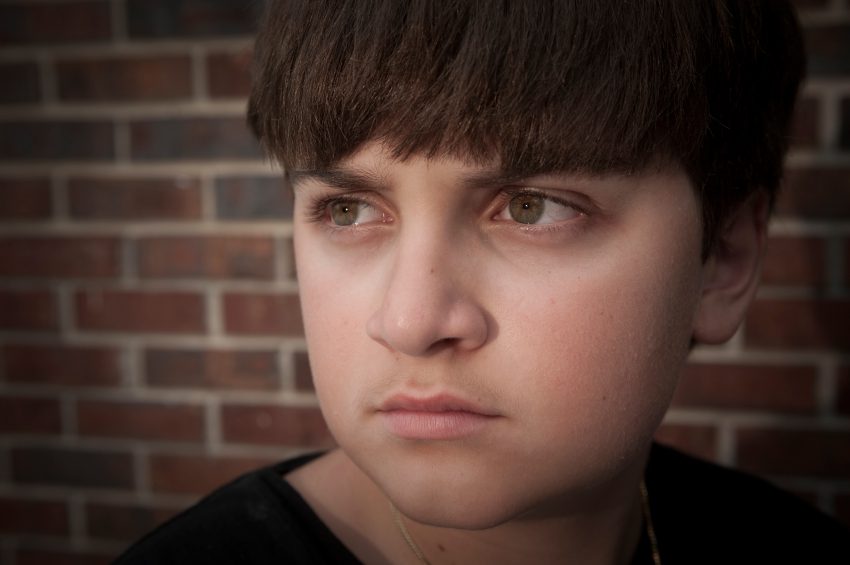
Kids at Risk for Violence: Warning Signs of Aggression
Authored by: Steven Schlozman, MD, Judith Edersheim, J.D., M.D. and Gene Beresin, Executive Director…(both as the victim and perpetrator). Many have had depression, learning disorders and especially language problems. Most have been scapegoated and marginalized. Some were impulsive and just blew a fuse;…

What Is Post-Traumatic Stress Disorder (PTSD)?
Authored by: Steven Schlozman, MD…children may experience a host of difficulties, including depression, or social and academic problems. A traumatic event does not ensure that problems will develop, but the risk for problems increases…
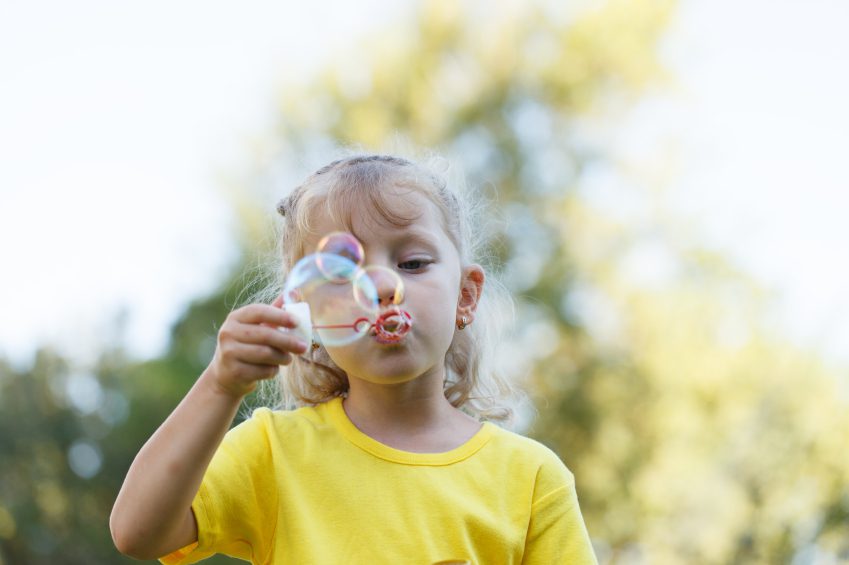
Raising Resilient Children
Authored by: Susan Swick, M.D., M.P.H., Steven Schlozman, MD and Gene Beresin, Executive Director…will have children who are more likely to manage school and self-control, but also more likely to experience depression and trouble building close relationships. Conversely, those children who grow up…

Stress Awareness: How Parents Can Help Their Children With Stress
Authored by: Rana Chudnofsky, Ed.M. and Jill Buchanan…when young people are stressed, their academic performance suffers, and the rate of depression, anxiety, withdrawal and aggression, along with unhealthy coping strategies like drug and/or alcohol use, increases. One…

Encouraging Family Fitness
Authored by: Ellen Braaten, PhD and Stephen Power, NASM Certified Personal Trainer…our health and well-being. Children and teens that are regularly active have a better chance of a healthy adulthood. They also have lower rates of depression and anxiety. The Physical…
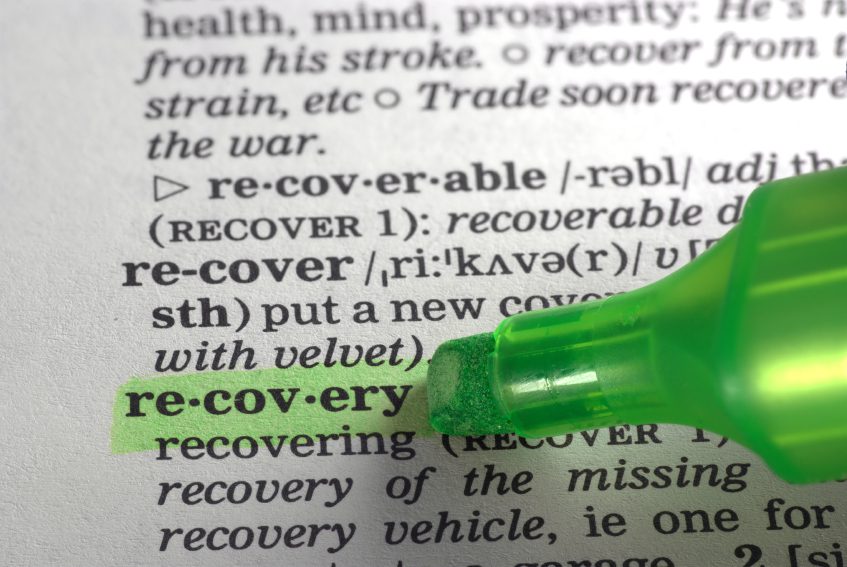
For Those Suffering From Addiction, Recovery Is The Most Likely Outcome—But How Do We Get There From Here?
Authored by: John F. Kelly, Ph.D.…frequently other co-occurring psychiatric disorders (such as depression) or medical conditions (such as hepatitis) that will need to be treated as well. A comprehensive assessment will help inform and direct…

Putting A Little Thanksgiving Into Your Nightly Family Dinners
Authored by: Anne K. Fishel, Ph.D.…that frequent family dinners promote kids’ mental health—by lowering rates of depression, anxiety, eating disorders and substance abuse, for starters. Family meals also strengthen children’s resilience, self-esteem and sense of…

8 Young Adult Books That Will Change The Way You Think About Mental Health
Authored by: Ellen Braaten, PhD and Hannah Braaten…off to college) to the major (depression and suicide). All of these are not only great reads in and of themselves, but also offer a way of approaching some of…

The Plight Of Child Homelessness In The United States
Authored by: Steven Schlozman, MD, Gene Beresin, Executive Director, Mary Coleman, Ph.D. and Laurie Schoen…to a sense of heightened awareness that can predispose them to worse psychiatric problems downstream. As we’ve noted, PTSD, anxiety, panic and depression are all more common in this population—and…
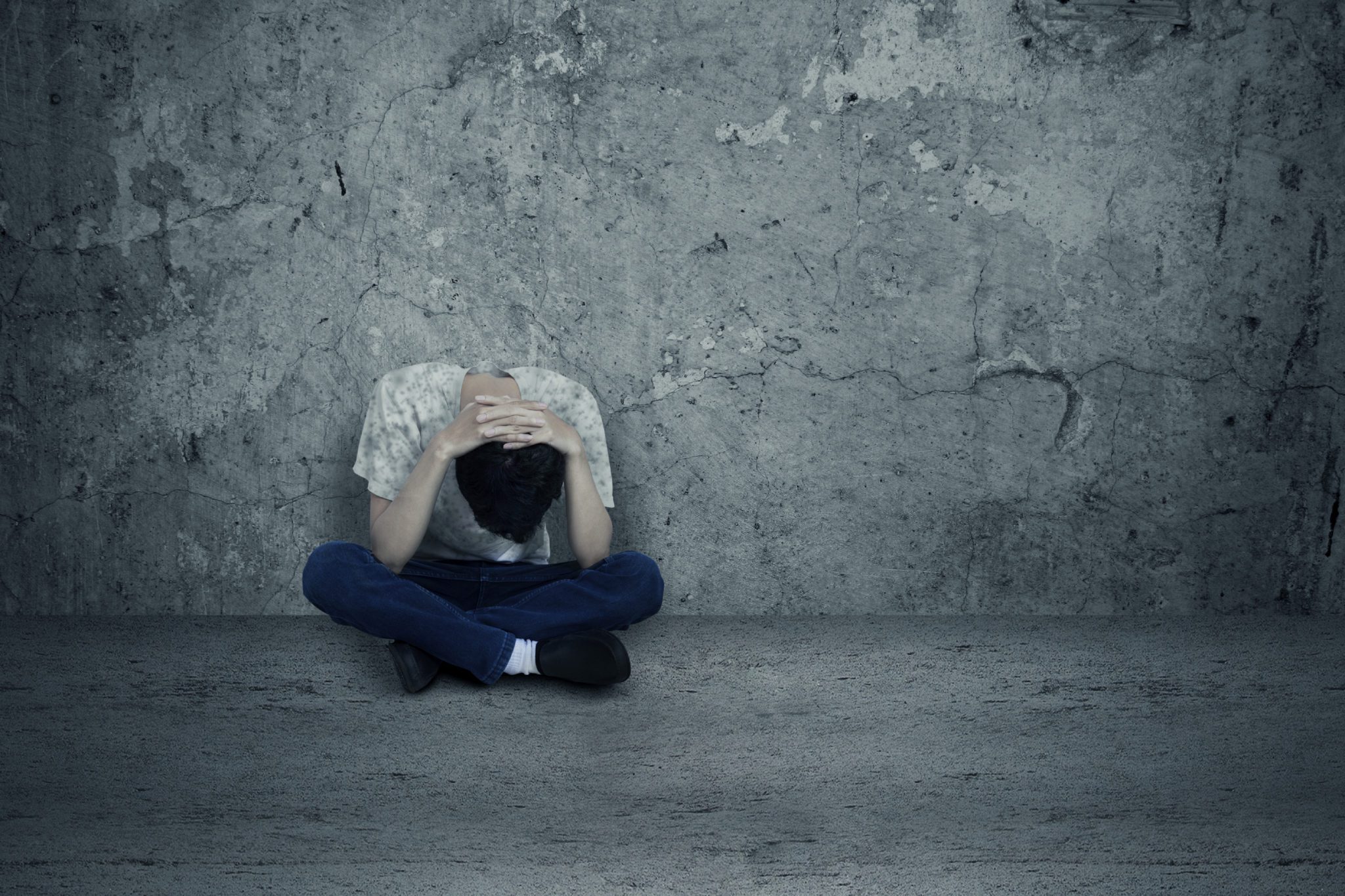
Predicting The Next Mental Health Crisis: Sometimes We Just Can’t Know
Authored by: Steven Schlozman, MD…plane is rare. When compared to the number of pilots, and stacked against the statistical reality of the rate of depression, we need to remember that even depressed pilots virtually…
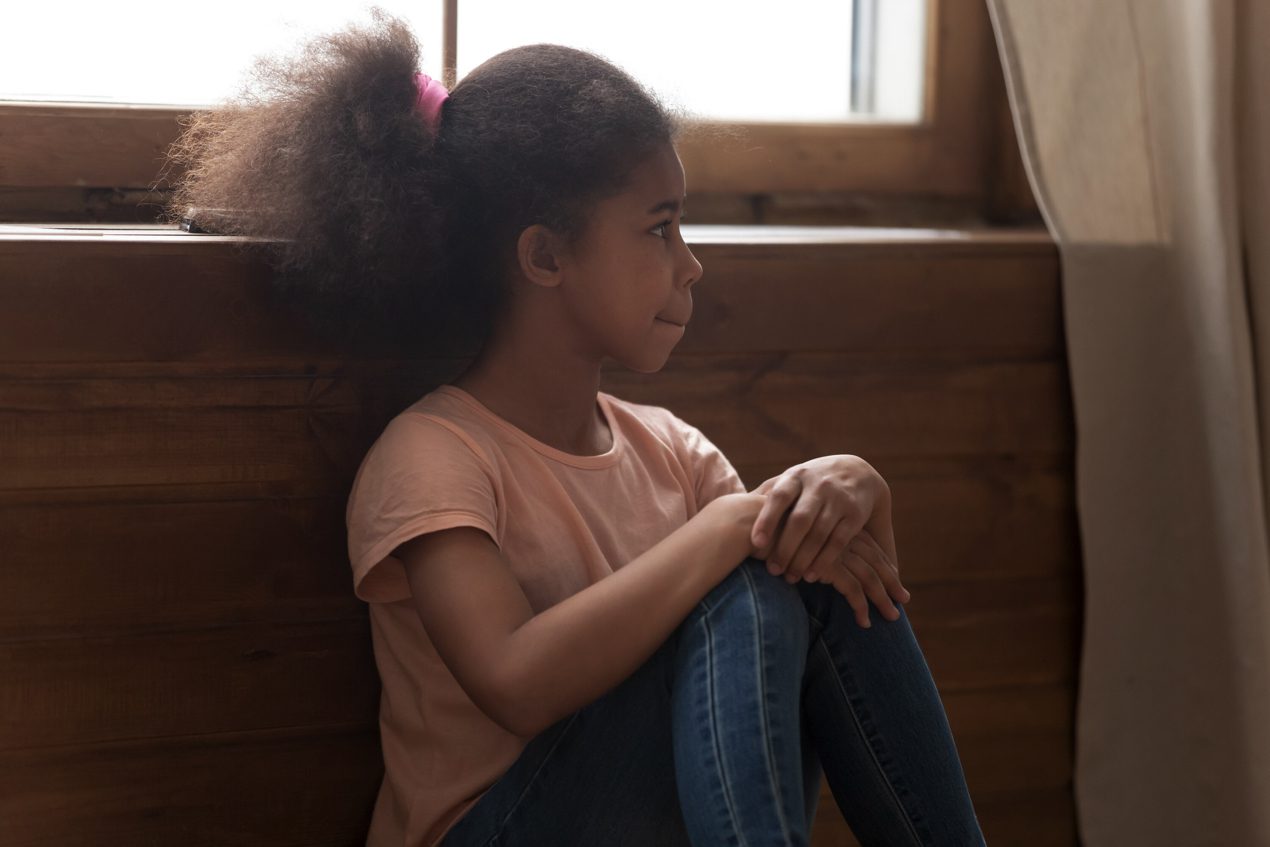
DSM-5: What Happened to Asperger’s?
Authored by: Ellen Braaten, PhD…for depression, anxiety, learning disabilities and attention-deficit hyperactivity disorder (ADHD), among many others. The DSM-IV listed criteria for autistic disorder, Asperger’s disorder, and pervasive developmental disorders (PDDs). Under those criteria,…


